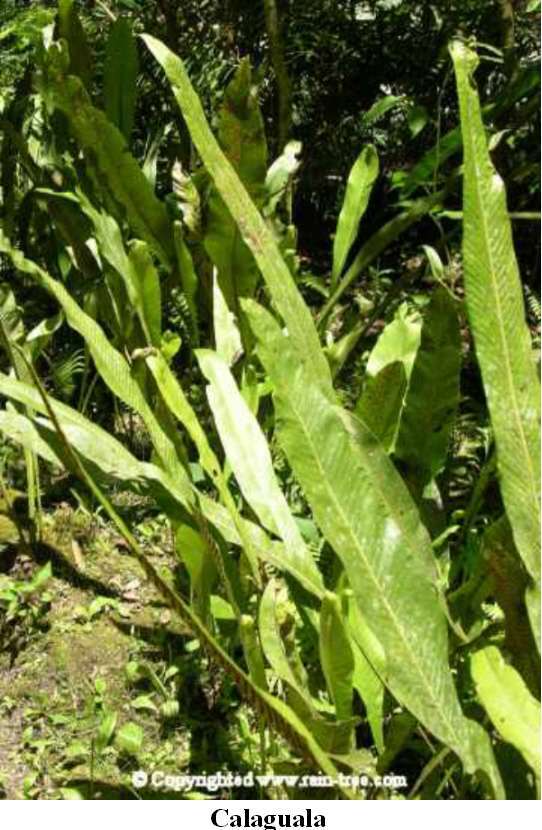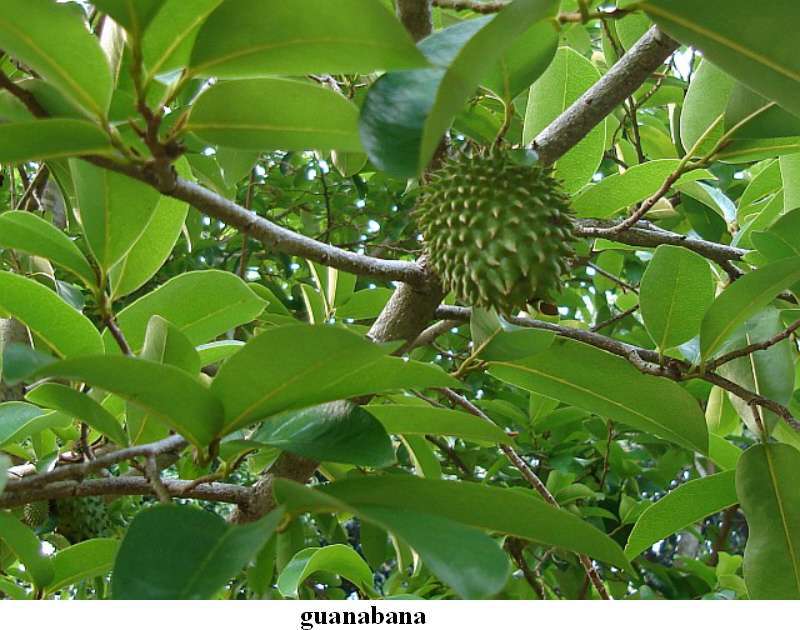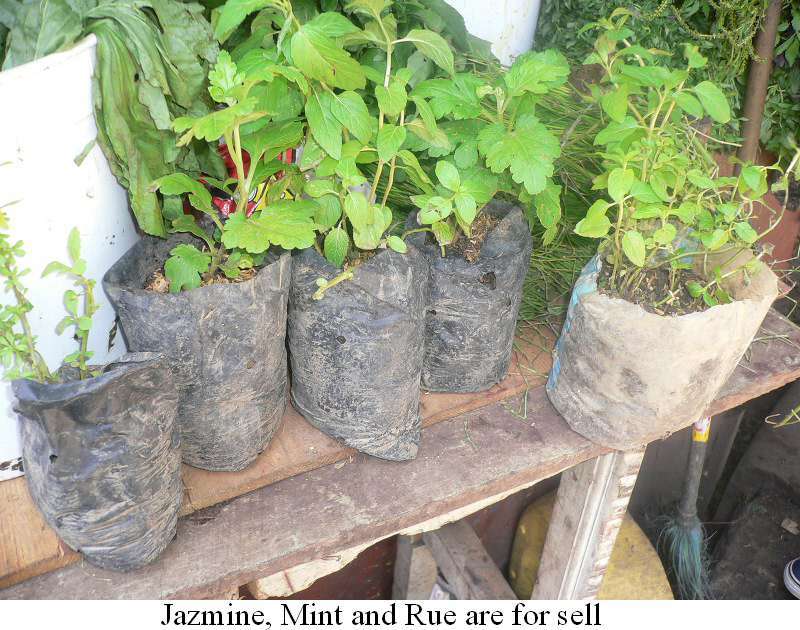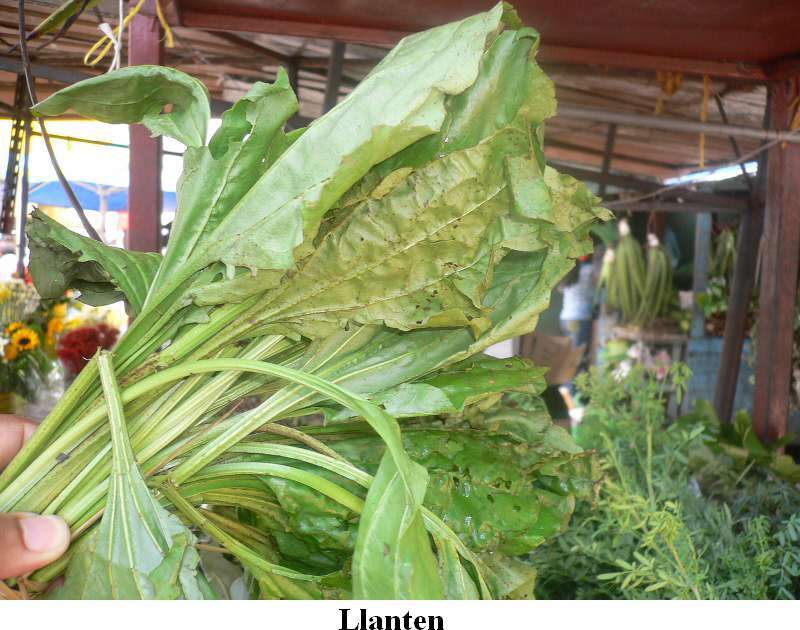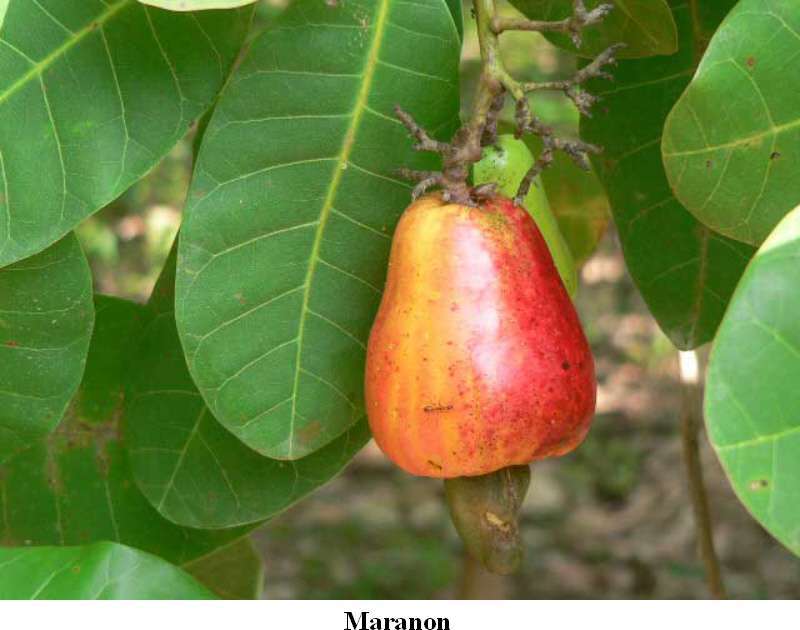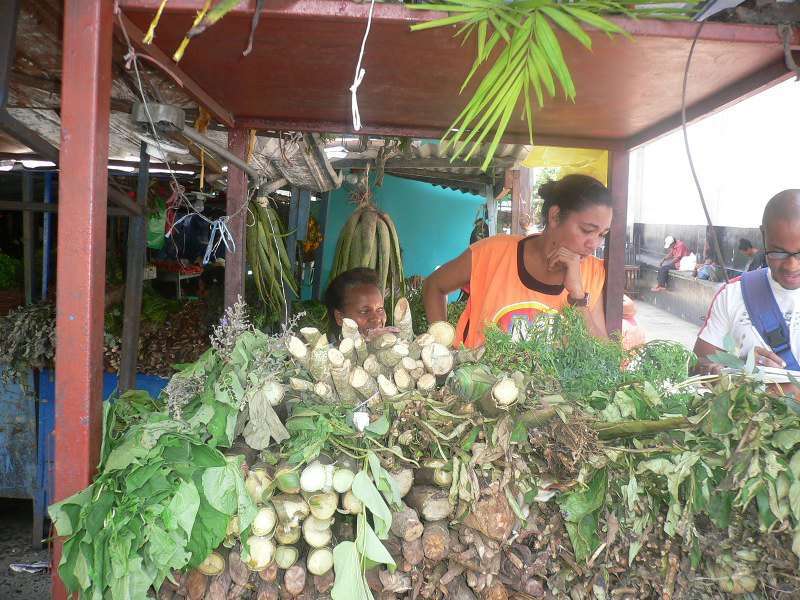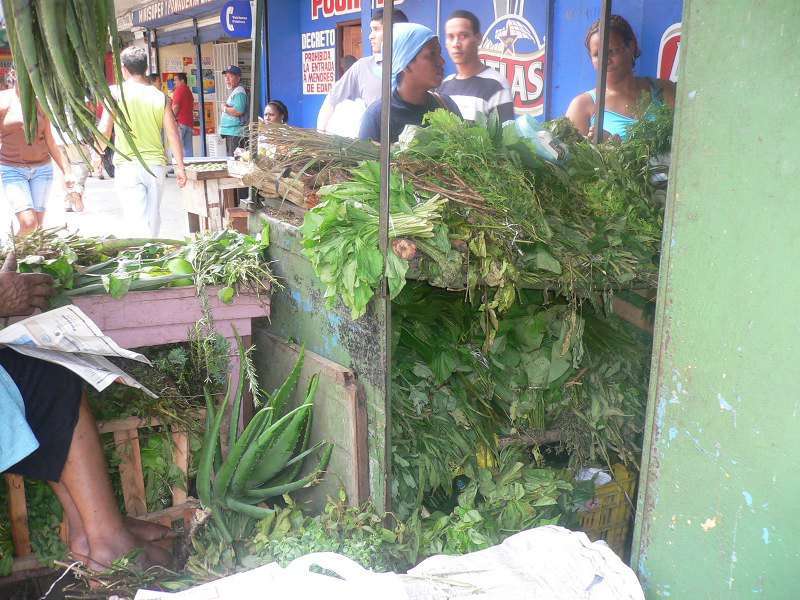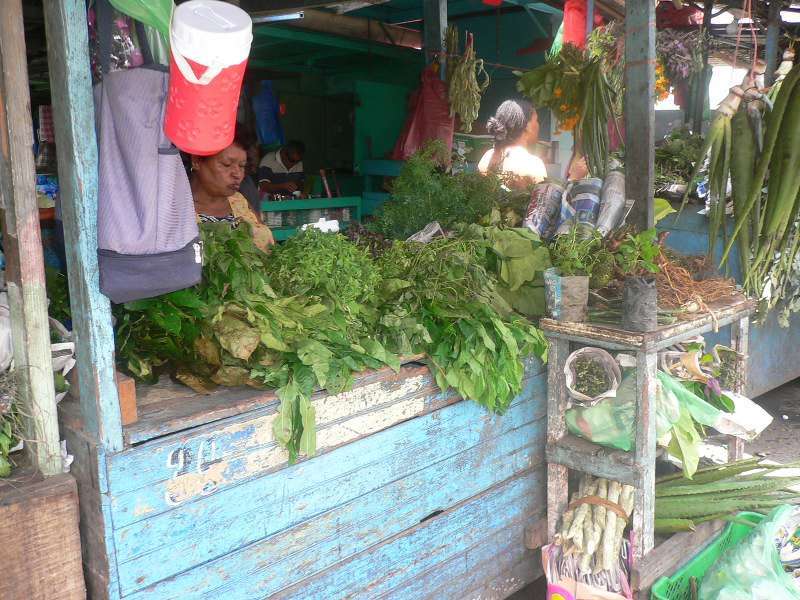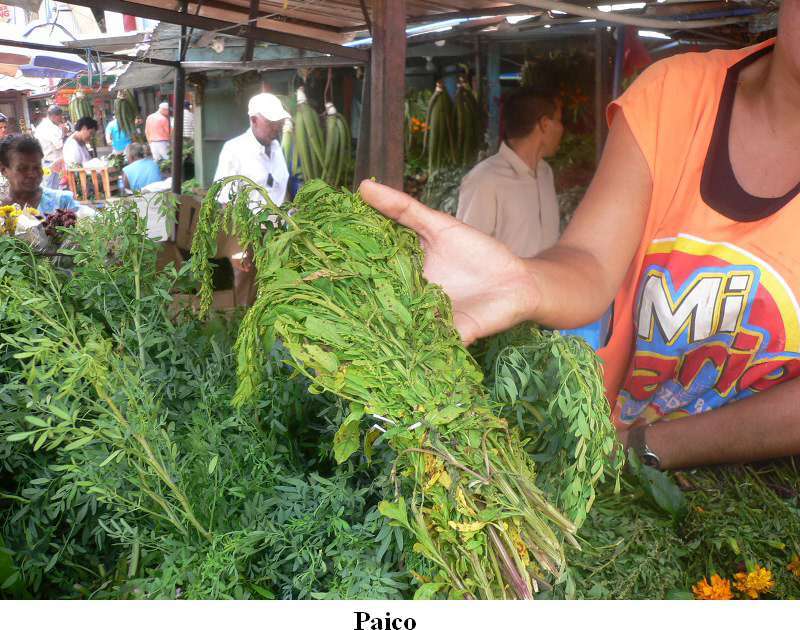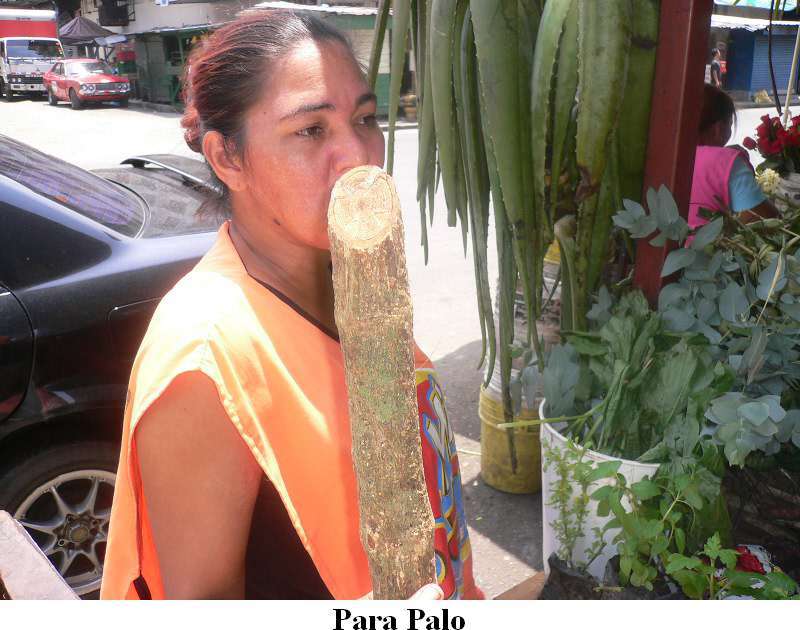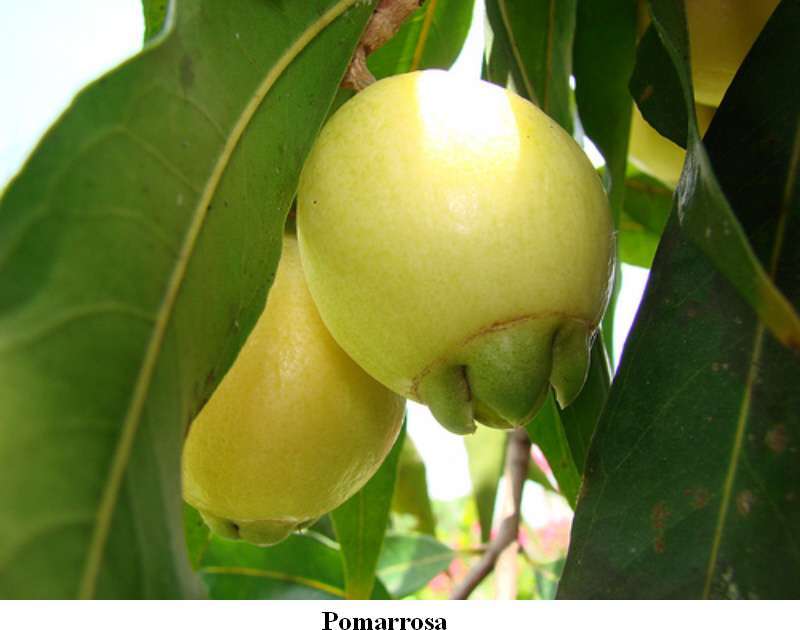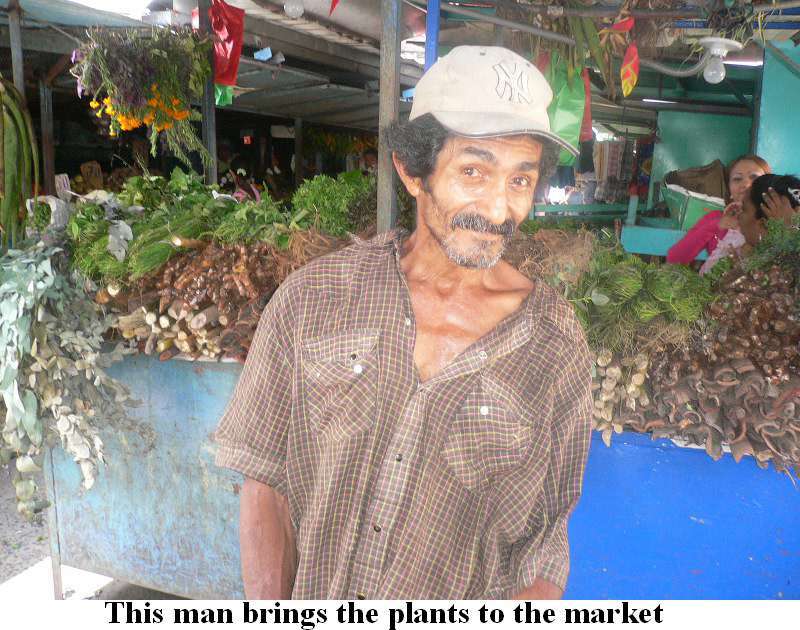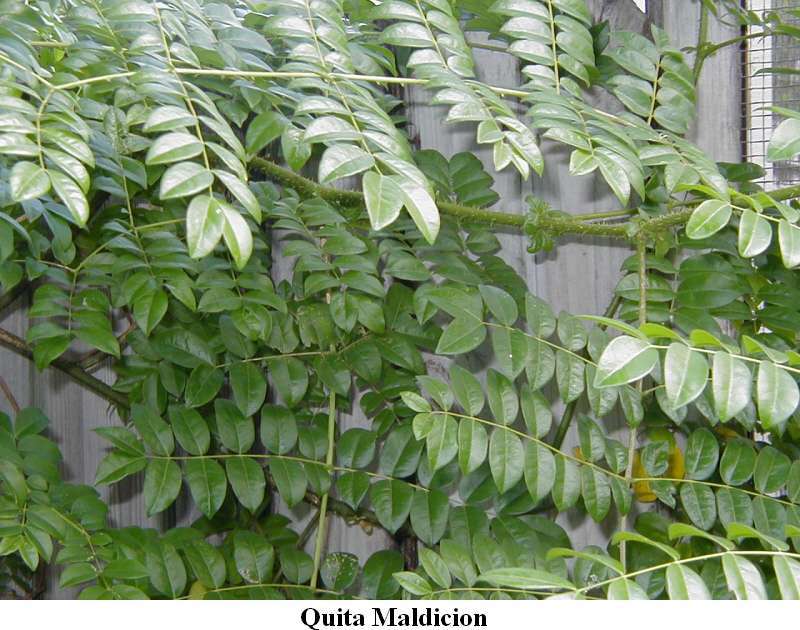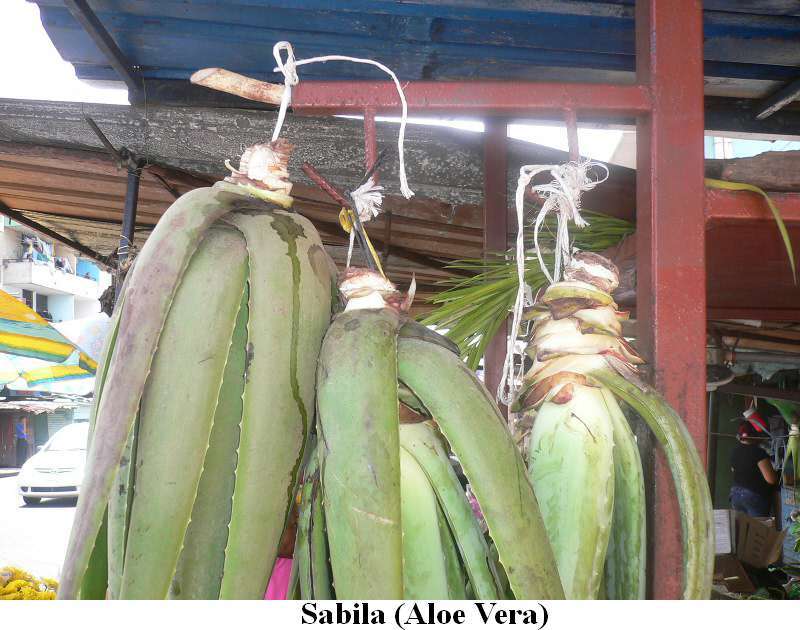Medicinal and Magical Plants for Sale in Panama’s El Mercadito de Calidonia

With one foot in ancient traditions and the other in modern living, Panama’s people stick with their roots as they keep up with the race in this age of bits and bytes. One tradition that continues to thrive among the people is the use of medicinal plants. In the popular bustling Mercadito de Calidonia, located at the end of Calidonia Street, where the people of Panama shop and the timid tourist tends to avoid, sits Yesilika Sanchez with her roadside stand selling medicinal plants. Yesilika is called China by her customers, and has been selling on Calidonia street for the last 6 years. In Panama, the use of plants to cure illness and for spiritual ceremonial is common not only in the countryside, but also with city dwellers. Using leaves, seeds, flowers, roots and barks for remedies is one of the most widespread forms of medicine. Even though a great number of these plants are not scientifically validated, generations of families benefit from their properties and pass recipes down. Rather than a visit to a doctor, the roadside herbalist is a cheaper means to get rid of ailments. Many people also believe in the magical powers to bring good luck and to fight against witchcraft.
Plant seller Yesilika Sanchez has also gained the knowledge of plants from those before her. She has learned from other sellers and also from her customers who buy plants and report back. Yesilika tells me that the method of using a plant is very important, as there are several different ways to release properties. Plants are prepared in tinctures, eaten, used like poultices and even have their steam inhaled. One of the most common methods for preparation is to make an infusion to drink like a tea. The majority of the plants are priced at 50 cents a bunch. The more expensive bundle goes for $3.00 and is called Quita Maldición for removing a curse.
With the influx of expats moving to Panama, Yesilika is gaining experience with an international market. These days Mercadito de Calidonia is not just visited by Panamanians. “Sometimes we can’t understand what these foreign clients want because the plants don’t have the same name in other countries”. For the benefit of those people, Yesilika shares with me some of her knowledge about the uses of the plants she sells:
Anamu (Petiveria alliacea) is used for high blood pressure, for urinary tracts infections and also for killing bugs. For high blood pressure cook three Anamu leaves with one and a half cup of water until you get just one cup. Drink this water every day and your blood pressure will keep stable.
Paico (Chenopodium ambroidoides) Paico leaf is anthelmintic (destructive to worms) and antiparasitic. Paico leaf is also considered effective in treating skin and kidney diseases, stomach aches, hemorrhoids, high blood pressure, inflammations, and asthma. Recent studies show this plant to be effective against cancerous cells. In homes, people hang branches in the house to repel insects and use the leaf to season soups.
Llanten (plantago major) is also known as plaintain. A tea made from the leaves is a diuretic and is good for gastritis, and mixed with honey is helpful for a sore throat. The boiled leaves are used as an astringent for wounds and other exterior skin lesions. Compresses can be made eye infections. Llanten is also considered useful for liver problems.
Zarzaparrilla (Smilax) y Cola de Caballo ( Equisetum arvense ) is used for kidney stones. Make a tea of these plants to drink.
Desbaratadora (Tussacia), Calaguala (Polypodium), y platanillo are use at the onset of prostate cancer and is also useful to destroy fibroids.
Guayaba (Quararibea), Guanabana (Annona) and Marañon (Anacardium), an infusion of the fresh leaves is good for children’s diarrhea and other stomach problems. In my household we use this remedy a lot. It is very effective.
Pomarrosa (Eugenia) y Casco de Ganado (Ampelocera) for diabetes and to control blood sugar.
Para Palo is used for energy and sexual vitality. The bark of the tree is seeped in Sanson wine (Vino Sanson) for 10 days and then a cup is drunk every day.
The most common plants used for Santeria rituals are: Espanta Muerto, Quita Maldicion, Ruda (rue), Anamú (Petiveria alliacea), Abre Camino (Road Opener), Palo Cuadrado (Cornutia), Artemisia (Ambrosia) and Verbena Morada (Glandularia Pulchella). These plants are usually used to take showers or clean the house to get good luck.
If you looking for a natural solution for just about any condition, visit Yesilika’s stand in El Mercadito de Calidonia, next to La Gran Feria Americana Store. She will prescribe a remedy and tell you how to use it. “I also speak English”, she says in Spanish.


